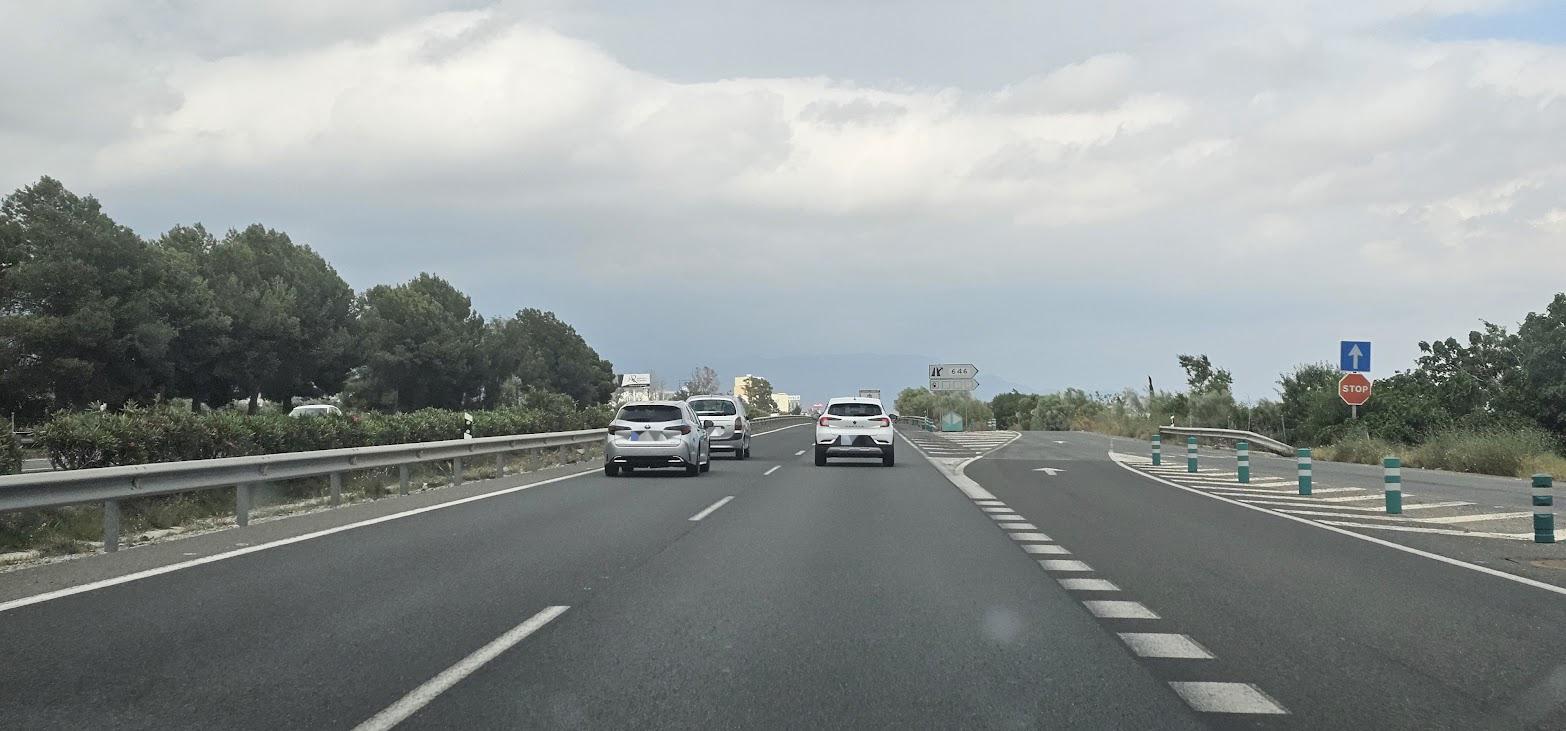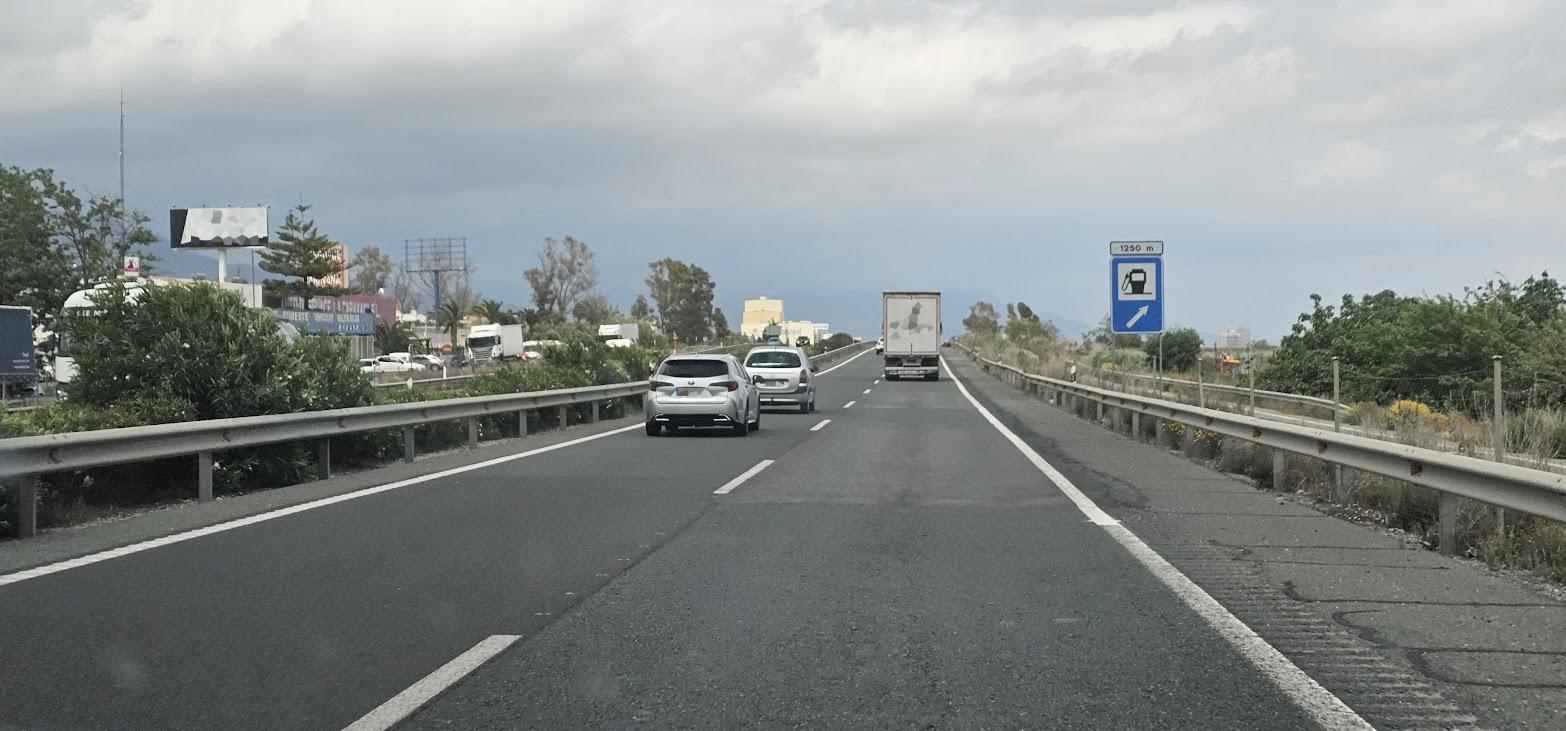When driving, there are numerous factors that have to be taken into consideration, not only how fast we can go forward, but what is happening all around us, including behind, and how we are able to react safely to changing situations, and, ultimately, bring our vehicle to a safe stop.
When it comes to driving safety, it is crucial that our speed will always allow us to stop safely well within the distance we can see to be clear, and one of the most important factors related to that concept, is remaining at a safe distance from the vehicle in front.
When we are driving, and keeping all of these matters and changing conditions in mind, we have to constantly monitor our stopping distance, sometimes called the braking distance, and one of the easiest ways of doing that is using the two second rule. On a normal, dry road, we wait for the vehicle in front to pass a fixed object, a sign, lamppost, crossing, anything which is fixed, and then we begin counting. If we pass the same object within two seconds, we are too close, and need to back off. Remember, the two second rule is dry and optimum conditions, in rain it should be doubled, and in slippery conditions could be up to ten times as much.
If we want to look at the concept in more detail, we can break the stopping distance don into 3 elements. Thinking, reacting, and braking. In other words, respectively, the time and distance covered first when we realise something is wrong and think about applying the brakes, then the actual process of us reacting and applying them, factors which we can combine, and finally the period it actually takes for the vehicle to come to a complete stop.
So, as an example, we took a series of pictures of two cars on the motorway. In reality, these vehicles were travelling in excess of the speed limit, but the purpose of our example, we will assume them to be driving at 120 kilometres per hour.
At that speed, the vehicles will both cover more than 33 metres per second, and a second is the optimum thinking and reaction time combined, and so, if those drivers are fully alert to the conditions, they will travel more than 30 metres before they start to apply the brakes.



If you look at the pictures again, you will see that there is not 30 metres of distance between the two vehicles, in fact considerably less, and therefore there is no time for the drivers to react without facing a collision, and based on data from IIHS, WHO, and European Transport Safety Council (ETSC), that collision is between 90 and 100 percent likely to have fatal consequences.
Let us look at the situation we have. At 120 kilometres per hour, a car travels 33.3 metres per second, and it takes 1 second to act, covering 33.3 metres, the car in optimum conditions will continue to travel around 144 metres before stopping, the total being 180 metres, which is over 40 average car lengths.
Keep those figures in mind and look again at how close the two vehicles in our picture are, and you can see clearly that there is no time to even react, let alone stop.
Also remember, that in the example, we are talking about optimum conditions. The road and atmospherics can affect the overall braking distance, as can the condition of the vehicle, and when it comes to the driver, alertness, tiredness, distractions, passengers, and inattention significantly increase reaction time, as does a person´s age and ability to see, and impairment through alcohol, drugs (prescription or illicit), and certain other medications.
In terms of the image we have shown, and if you find yourself in a similar situation as the leading vehicle seen, the temptation is sometimes to go faster, but this is the exact opposite of what you should do. Although not ideal, it is appropriate to safely move into another lane when possible. If the vehicle behind is too close, the safest practice is to gently reduce your speed, maintaining a “bubble” around your vehicle, so that in the event of an impact, the lesser speed would produce a safer outcome. It is not safe to act aggressively of brake sharply.
Discover more from N332.es - Driving In Spain
Subscribe to get the latest posts sent to your email.

You must be logged in to post a comment.